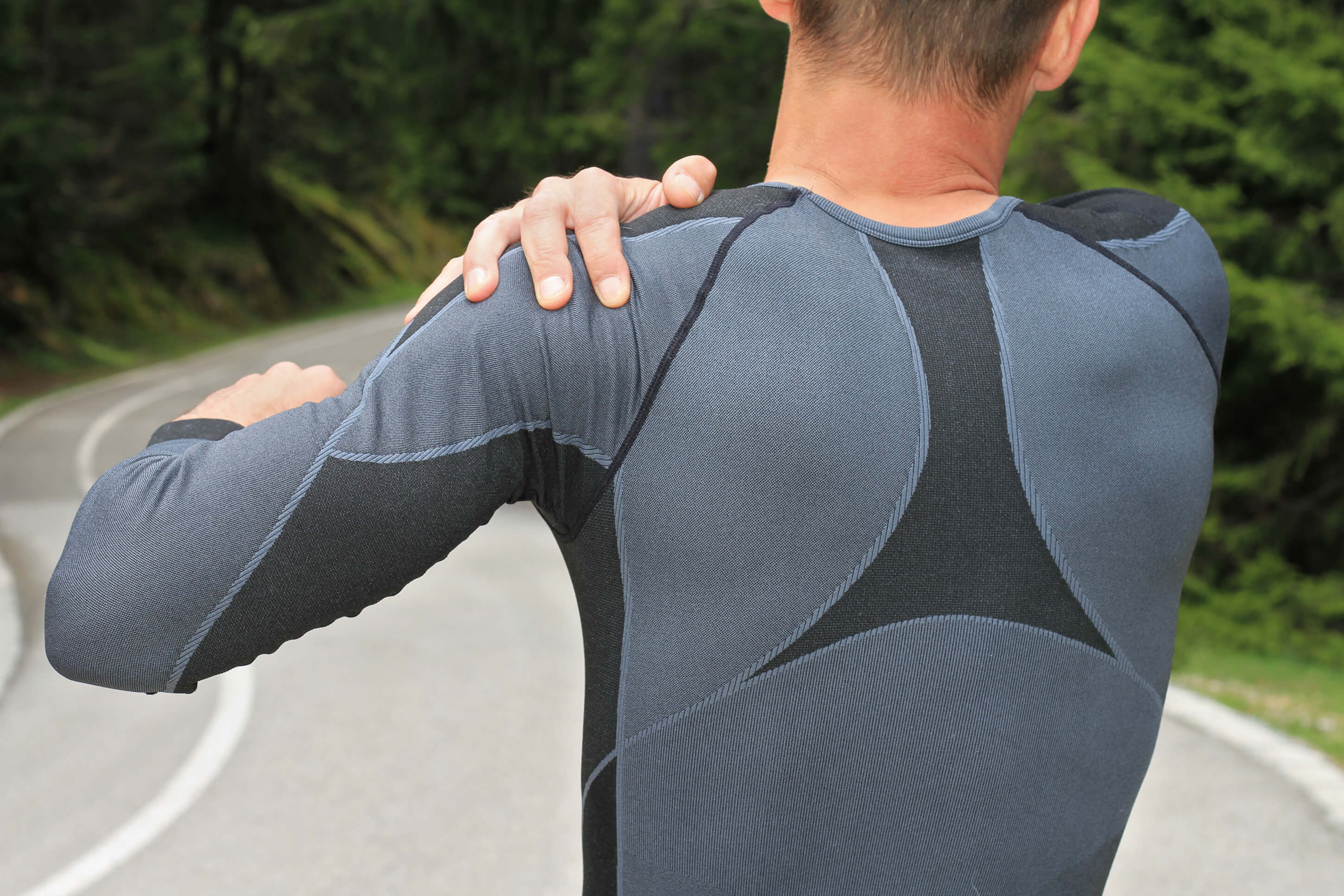Arthroscopic Capsular Plication (Loose shoulder Surgery)

This minimally-invasive surgery is used to relieve pain and loss of shoulder stability for patients with loose shoulder.
Loose Shoulder, or shoulder instability, occurs when the tissues surrounding the shoulder joint stretch or tear, resulting in the ball of the humerus frequently dislocating from the shoulder socket. The humeral head may either partially, subluxation, or completely dislocate from the socket
Causes of Loose Shoulder
While the causes of Loose Shoulder may vary, the most common causes include:
- Labral Tear of the Shoulder
- Genetic Condition
- Repetitive Motion
- Rotator Cuff Injury
Symptoms of Loose Shoulder
Patients experiencing Loose Shoulder often report that the shoulder “gives way”. When the shoulder gives way, shoulder pain often accompanies it. Specific motions or positions may exacerbate these symptoms. Decreased range of motion, swelling, and bruising often accompany Loose Shoulder or Shoulder Instability.
How to Diagnose Loose Shoulder
To diagnose a Loose Shoulder, a shoulder physician first conducts a physical examination. In a physical examination, the doctors moves the joint around, asks about family and genetic history, and patient history. If the doctor suspects Loose Shoulder, they order an XRay and potentially an MRI or CT.
A radiofrequency (RF) probe is inserted into the shoulder to stimulate the tissue capsule that surrounds the shoulder joint. This causes the tissue to contract, tightening the shoulder joint.
Once the surgeon creates a minimally invasive incision, the physician uses a probe to heat and stimulate the tissue capsule surrounding the shoulder joint. This stimulation causes the tissue to contract. The surgeon will stimulate only portions of the capsule that are necessary to provide sufficient tightness in the joint.


